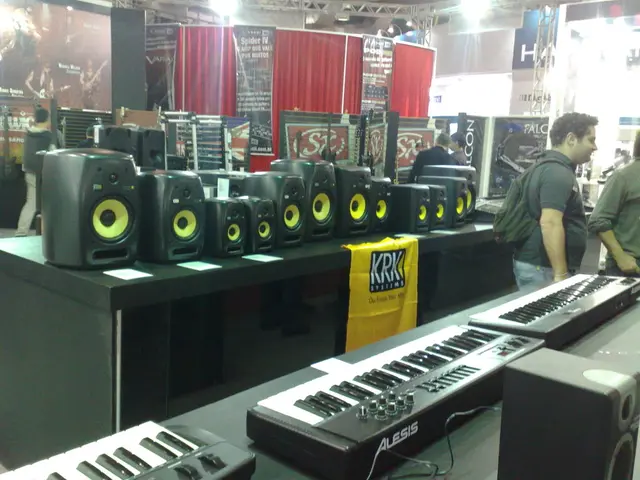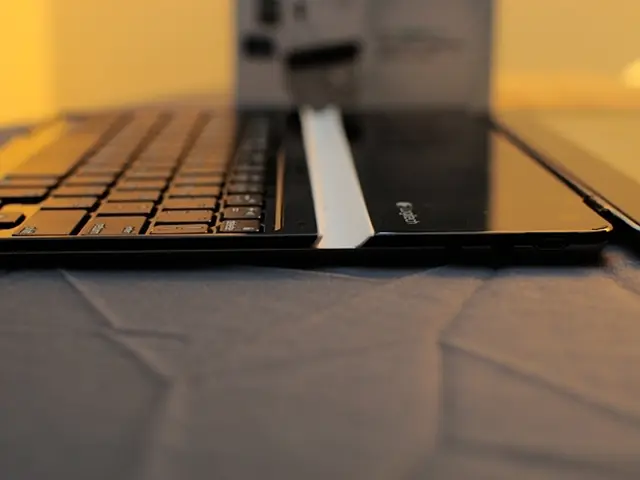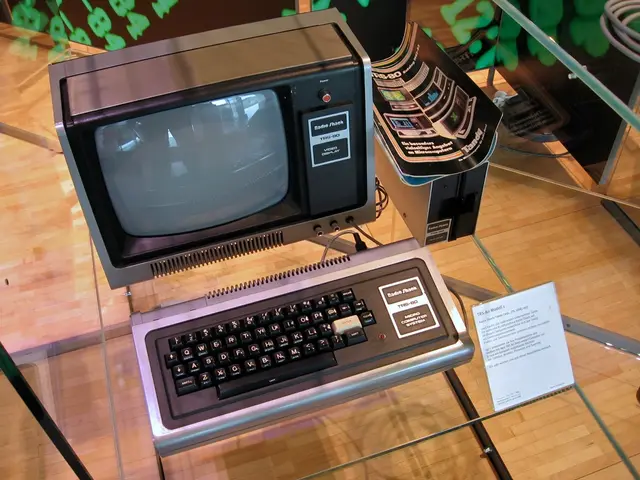High-Speed NextGen Acela Trains Arrive in the U.S. During a Less Propitious Period
The highly anticipated NextGen Acela trains, engineered to deliver the fastest passenger service in American history, made their debut on August 28, 2025, on the Northeast Corridor between Washington, D.C., New York City, and Boston. Five trainsets were initially launched, with a full fleet of 28 scheduled to be phased in through 2027.
These NextGen Acela trains offer a 27% increase in seating capacity per departure, providing 386 seats compared to 304 in the previous Acela fleet. This expansion allows Amtrak to increase weekday and weekend service frequency, better accommodating regional ridership demand and offering more frequent travel options, especially during peak hours.
The trains reach speeds of up to 160 mph, facilitated by an enhanced active tilting system that smooths travel on curved tracks, significantly reducing travel time along the corridor. This system optimizes the existing infrastructure, allowing for higher speeds on existing curved sections without immediate extensive track overhaul.
Key impacts and features of the NextGen Acela include:
- Improved capacity and frequency: Increased seats and expanded schedules enable better accommodation of regional ridership demand, supporting more frequent travel options especially during peak hours.
- Infrastructure synergy: The active tilt technology allows higher speeds on existing curved sections without immediate extensive track overhaul, optimizing current NEC infrastructure.
- Enhanced passenger experience: Passengers benefit from upgraded amenities—free 5G-enabled high-speed Wi-Fi, individual power outlets, reading lights, a smoother and quieter ride, and redesigned interiors, such as the Café Acela experience.
- Economic and labor impact: The trains are assembled at Alstom’s Hornell, NY facility, involving over 180 suppliers across 29 states and supporting approximately 15,000 U.S. jobs.
- Fleet modernization: These trainsets are a cornerstone of Amtrak’s broader modernization strategy, which also includes upcoming Amtrak Airo trains and new long-distance equipment.
The NextGen Acela will significantly boost Amtrak’s regional ridership capacity and improve the competitiveness of rail travel in the Northeast, while utilizing current infrastructure efficiently with upgraded technology and service enhancements. This marks a significant step forward in the American rail renaissance, especially at a time when federally sponsored trains are fighting for their lives. The plan includes revitalizing the country’s roads, ports, airports, and rail lines, as outlined in the US$1.9 trillion infrastructure plan unveiled by former President Joe Biden in 2021.
The love-hate relationship with fast trains in America dates back to October 1964, when Japan opened its Shinkansen high-speed line. Despite technical flaws, both the TurboTrain and Metroliner were a hit with northeastern riders, and Acela became one of Amtrak's most popular and lucrative trains, attracting business travelers off regional airlines. However, the original Acela suffered from design problems and mechanical faults, including cracked yaw dampers and brake discs, and the resulting services underperformed in the US.
The new Acela promises an improved onboard experience, featuring faster acceleration, lower energy consumption, and an enhanced dynamic tilting system for improved performance on twisting tracks. It also boasts winged headrests, seat-side USB ports, and 5G Wi-Fi. Each NextGen train can seat 82 more passengers than its predecessor.
Amtrak's operations have been disrupted by downed wires, busted circuit breakers, and brushfires, but the NextGen Acela's debut comes after years of delays and amidst a changing political landscape. Amtrak CEO Stephen Gardner resigned in March 2025, and Amtrak's White House champion, railfan-in-chief Biden, has been replaced by Donald Trump. Despite these challenges, the NextGen Acela represents a promising future for rail travel in the Northeast.
[1] Amtrak. (2025). NextGen Acela. Retrieved from https://www.amtrak.com/nextgenacela
[2] U.S. Department of Transportation. (2025). NextGen Acela: Boosting Amtrak’s Regional Ridership Capacity. Retrieved from https://www.transportation.gov/nextgenacela
[3] Federal Railroad Administration. (2025). NextGen Acela: Improving the Competitiveness of Rail Travel in the Northeast. Retrieved from https://www.fra.dot.gov/nextgenacela
[4] Alstom. (2025). NextGen Acela: Enhancing the Passenger Experience. Retrieved from https://www.alstom.com/nextgenacela
[5] Association of American Railroads. (2025). NextGen Acela: A Cornerstone of Amtrak’s Modernization Strategy. Retrieved from https://www.aar.org/nextgenacela
- Elon Musk, known for his innovative contributions to the technology industry, could potentially collaborate with Amtrak to further improve the NextGen Acela's onboard AI systems, enhancing passenger comfort and efficiency in finance and transportation.
- In light of Donald Trump's recent appointment as the railfan-in-chief, there could be shifts in Amtrak's modernization strategy, such as focusing on implementing AI technology in the transportation industry to ensure competitiveness with existing private sector players, including Tesla, under Trump's administration.
- As the NextGen Acela debuts, the use of advanced AI technology in the trains' active tilting system, Wi-Fi, and other amenities reflects the growing integration of AI within various industries, ultimately driving technological advancements and the ongoing digital transformation in the finance, transportation, and other sectors.




